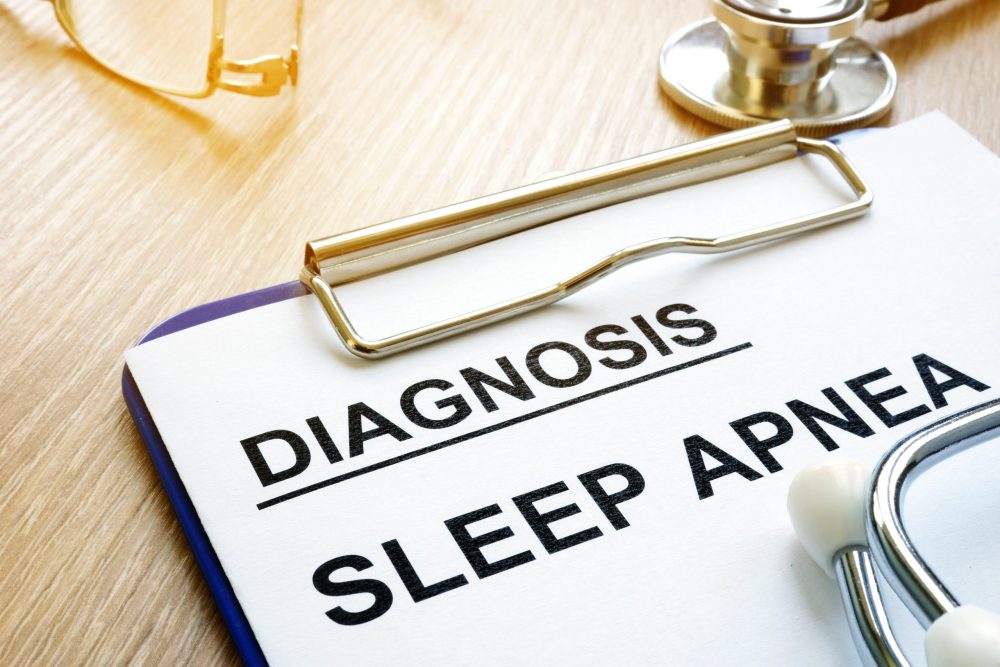
What are the sleep numbers and what do they mean for your overall health and well-being? Today we’re going to talk a little bit about the Sleep Apnea Index, symptoms of sleep issues in both adults and children and a whole lot more. Let’s take a look!
AHI- Apnea-Hypopnea Index
The Apnea-Hypopnea Index (AHI) is a diagnostic tool used to assess the severity of sleep apnea, a sleep disorder characterized by pauses in breathing or periods of shallow breathing during sleep. The AHI measures the number of apnea (complete pauses in breathing) and hypopnea (partial reductions in breathing) episodes that occur per hour of sleep. It is calculated based on data collected during a sleep study, known as polysomnography.
Here’s how the AHI is categorized in terms of sleep apnea severity:
-0-5 is considered none to mild.
-5-15 is moderate.
-15+ is considered severe apnea.
-UAR: Upper Airway Resistance – blockage in the upper airway.
-MSLT- Multiple Sleep Latency Test – naps to see sleep efficiency.
-OSA: This is obstructive sleep apnea.
-PSG: Polysomnograph – the sleep apnea test.
-Multiple leads are placed over various muscles to see how they react while asleep.
Visible and Audio Symptoms for Adults and Children
If a spouse or parent sees or hears a person snoring, gasping or waking up a lot, then the HST, Home Sleep Test, is indicated to determine if apnea is present. Look for big circles under the eyes. Subjective symptoms include the following:
-Tiredness during the day and daytime drowsiness.
-Overwhelming urge to take naps.
-Difficulty falling or staying asleep.
-Unusual breathing patterns and movement patterns while falling or during sleep.
Epworth Sleepiness Scale Questionnaire
The Epworth Sleepiness Scale (ESS) is a questionnaire used to assess daytime sleepiness. It provides a measure of a person’s general level of daytime sleepiness or their average sleep propensity in daily life. The scale was introduced by Dr. Murray Johns in 1991 as a simple, self-administered questionnaire.
The ESS consists of eight questions, each asking the respondent to rate, on a scale from 0 to 3, their likelihood of dozing off or falling asleep in different common situations that vary in terms of their somnolence-inducing potential. The situations include passive activities such as sitting and reading, watching TV, sitting inactive in a public place, being a passenger in a car for an hour without a break, lying down to rest in the afternoon, sitting and talking to someone, sitting quietly after a lunch without alcohol, and being in a car while stopped for a few minutes in traffic.
-0-7 is unlikely abnormally sleepy.
-8-9 is the average daytime sleepiness.
-10-15 is excessively sleepy, depending on the situation.
-16-24 is continual, excessive sleepiness.
The Breathing Triangle?
The “Breathing Triangle” refers to three key areas of the face that are essential for optimal breathing: the two nostrils and the mouth. This concept is often discussed in the context of health and wellness, specifically in relation to sleep and breathing disorders such as obstructive sleep apnea (OSA). This involves both nostrils and the throat and the two points make up the inverted triangle. If the top of the triangle is blocked (the nostrils) then the breathing is compromised.
(MSLT) Multiple Sleep Latency Test
The Multiple Sleep Latency Test (MSLT) is a diagnostic tool used in sleep medicine to measure the speed at which a person falls asleep in quiet daytime situations. It is often used to diagnose narcolepsy and other disorders associated with excessive daytime sleepiness.
Your Sleep Visit
We take your vitals, note neck measurements, etc. At the initial visit, the vitals are the same as TMD: BP, Oxygenation, Pulse, Neck measurement, BMI, and pH. At each visit, the ROM (range of motion) is measured, discuss your symptoms, mostly subjective on how you feel you are sleeping with the appliance. If your spouse is present, we will ask if snoring still occurs.
At the 3-12 Month Markers From Delivery
At three months we run a new HST (home sleep test) and titer the appliance forward by 0.5mm and Dr. Jeffrey Brown will adjust the strap. The HST will be performed again six months after the last visit until no more apnea or snoring is reflected. The 12-month check after the last visit will be more of a review, then once each year thereafter with a new sleep test every 2-3 years.
As you can see, Dr. Brown and our team take your sleep health seriously. If you would like to read more, check out our Sleep Apnea Therapy page. If you would like to schedule an appointment, please call 703-821-1103 to speak with a friendly member of our team!
